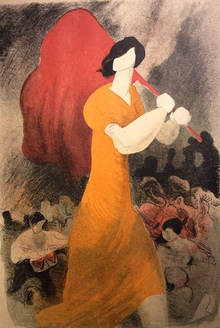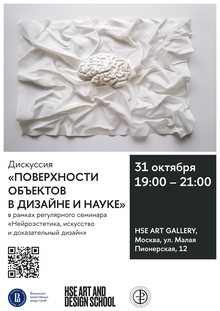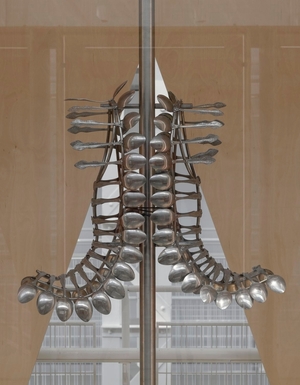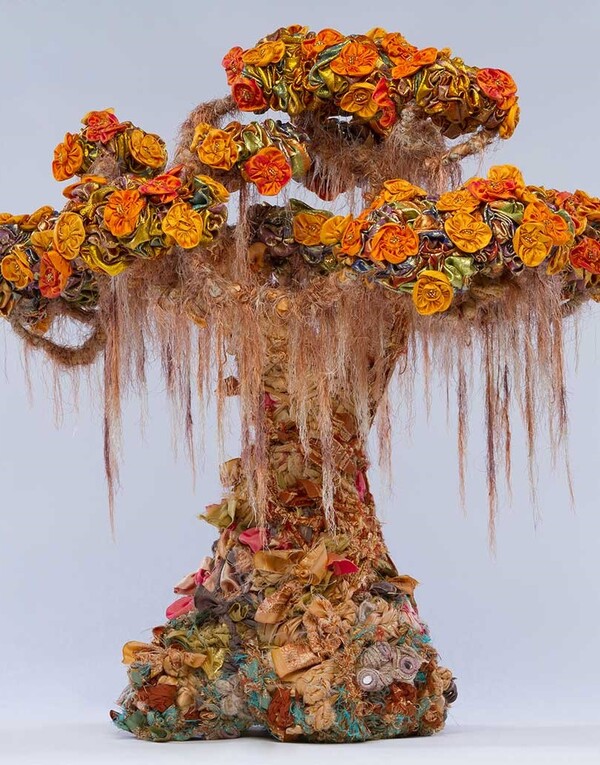
Introduction to Creativocacy and Eco-Art
Can art do more than captivate? Can it awaken, disrupt, and heal?
Art has long been a vessel for human expression, but what if it could be more? A force of advocacy, a cry for change, a revolution stitched from discarded fragments? This chapter unveils a new term «Creativocacy», where artistic creativity meets activism or advocacy, and Eco-Art, where creativity aligns with ecological consciousness. It introduces the idea that art is no longer confined to galleries and museums but breathes in the streets, thrives in urban waste, and rises from the remnants of human excess. As we step into a world where art not only speaks but demands to be heard, we ask: can artistic creativity save the planet?
The world is filled with echoes of progress, of destruction, of voices lost beneath the weight of evolution of technical industries. In the midst of it all, a new language rises: one that is not written in ink but carved from the remnants of a world consumed by its own hunger. Creativocacy is born, not as a mere concept, but as an outcry. A declaration that artistic creativity cannot sit idly while the earth fractures, while rivers choke on plastic, while forests vanish like whispered secrets in the wind.
Art has long been a vessel for beauty, but now it must also be a vessel for change. It must reach beyond gallery walls and ivory towers, spilling into the streets, breathing in the spaces where the forgotten and the discarded reside. This is not just art, it is activism woven in color, sculpture, and form. It is a revolution where pigment becomes protest, where waste finds resurrection, where creation and destruction entwine in an intimate dance of reclamation.
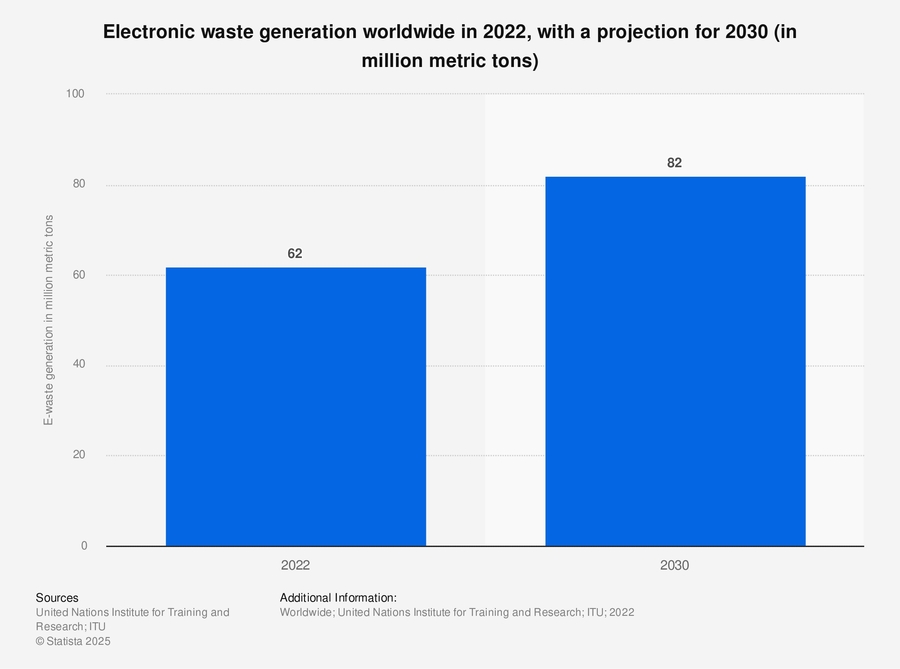
For example, the earth faces a grim yet urgent reality of global waste generation, which is accelerating at an alarming rate. According to Statista, in 2022, the world generated 62 million metric tons of electronic waste. By 2030, that number is projected to soar to 82 million metric tons.
These are not just numbers. They are silent screams of discarded smartphones, abandoned laptops, obsolete televisions, objects that once pulsed with life, now left to decay in toxic heaps.
The exponential rise of waste is not merely an environmental crisis, it is an artistic and philosophical dilemma. In a world obsessed with the new, where yesterday’s materials become today’s refuse, we must ask: what is the true cost of innovation?
The statistics lay bare an uncomfortable truth: we are drowning in our own advancements.
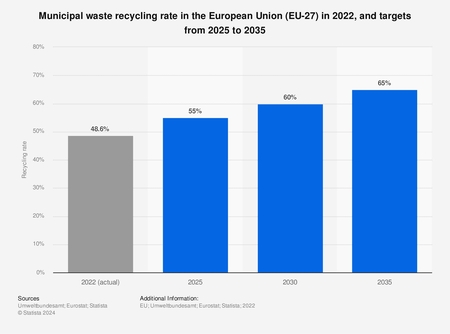
In 2025 and 2030, the European Union (EU-27) will implement ambitious recycling targets for packaging waste according to Statista. These goals, ranging from 50% for plastics to 85% for paper and cardboard, are not just numbers; they represent a clarion call for systemic change. Yet, behind these percentages lies a deeper narrative, one of potential, accountability, and innovation.
Recycling targets remind us that sustainability is measurable, actionable, and achievable, but only with collective effort. Artists practicing creativocacy take these metrics beyond spreadsheets and policy documents, translating them into visual stories that resonate on a visceral level. Imagine a mural composed entirely of aluminum cans, its shimmering surface spelling out «70% by 2025» in bold letters. Or consider a towering installation built from reclaimed wood, symbolizing the EU’s goal of achieving 25% recycling rates for timber products. Each piece becomes a bridge between science and sentiment, data and dialogue.
The Awakening: When Art Ceases to Be Silent
El Anatsui Three old Loire gabarres (Made with recycled wood and metal) Photo: Domaine de Chaumont sur loire, Arts Hebdo Media
There was a time when art was a whisper, a thing admired from afar, pristine and untouchable. But the world has changed, and with it, art has found a new purpose. It no longer wishes to merely be seen, it longs to speak, to disrupt, to demand.
This is the essence of Creativocacy, where artistry meets advocacy, where a sculptor is not only a creator but a warrior in the battle against complacency. This is the art of resistance, of resurgence, of raw, unapologetic truth-telling. We can consider notable artist who overtime have exemplified that artistic creativity can now carry its specific message for some social changes. One of this artists is El Anatsui, who gathers what others have deemed worthless, bottle caps, tin scraps, discarded aluminum and breathes into them new life, weaving them into golden tapestries that shimmer with unspoken histories. His art does not whisper, it shouts, reclaiming the debris of consumerism and transforming it into something sacred.
In his engagement with aluminum, El Anatsui deliberately challenges conventional associations of metal as rigid and inflexible. He instead reimagines it as a malleable, almost tactile substance, capable of achieving monumental scale while responding fluidly to the spatial contexts in which it is displayed. Yet, beyond this formal subversion of material expectations, Anatsui’s sculptural works are embedded with multilayered meanings that extend well beyond their physicality. In his eight-foot-tall sculpture resembling an oversized wastepaper bag, Anatsui confronts the escalating crisis of waste and the inadequacies of recycling infrastructure in many developing nations. Simultaneously, the work offers a poignant commentary on the disposability of human life. Constructed from discarded aluminum printing plates once used for obituary pages in local newspapers, the piece evokes the persistent presence of death as a result of disease, violence, and systemic neglect. These images, once bearing witness to individual lives lost, now serve as a collective memorial, pointing to the enduring consequences of postcolonial trauma, socio-economic underdevelopment, and political instability.
Beyond Galleries: Art as Advocacy
While museums and galleries remain vital spaces for showcasing art, creativocacy thrives outside their confines. Like the recyclable materials it employs, creativocacy belongs everywhere, in streets, parks, schools, and digital platforms. The EU’s commitment to increasing recycling rates provides fertile ground for such interventions. Community-driven projects, inspired by UNEP’s global efforts, have already demonstrated the power of grassroots activism (UNEP_AR2021). In Malaysia, campaigns encouraging households to separate waste saw participation rise to 75% in some regions. Artists can build on this momentum, creating participatory installations that invite viewers to contribute their own recycled items, thereby fostering a sense of shared responsibility.
Moreover, creativocacy aligns with broader movements advocating for behavioral change. Programs like UNEP’s Tide Turners initiative engage young people in addressing plastic pollution, training thousands to influence policy at local, regional, and national levels (UNEP_AR2021). Artists, too, play a pivotal role in shaping attitudes toward waste.
El Anatsui Peak Project 1999 Tin and copper wire Collection of the artist
El Anatsui’s artistic practice is deeply rooted in transforming the remnants of consumption into profound statements on waste and globalization. His works, such as the Peak Project, draw inspiration from the «huge piles of detritus from consumption», including mountains of milk tins and bottle tops that accumulate across West Africa. These materials, often imported from Europe and America, reflect the globalized nature of consumer culture and its environmental footprint. Anatsui’s choice to use milk tins, particularly those from the brand Peak Milk, highlights the interplay between local consumption patterns and transnational trade. By reimagining discarded packaging as art, he critiques the linear economy while celebrating the aesthetic potential of the overlooked. His sculptures, fluid and mutable in form, mirror the ever-shifting landscapes of waste they represent, challenging viewers to confront the consequences of unchecked consumption.
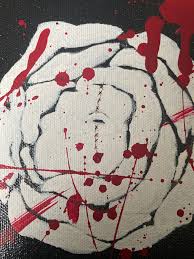
Consider the work of María G. López Davila, whose project Dolor y Angustia uses visual storytelling to confront the harrowing reality of Female Genital Mutilation (FGM). Her art does not merely depict suffering. It educates, provokes dialogue, and advocates for systemic change (López Davila, 2023). Similarly, Aida Silvestri’s Unsterile Clinic exhibition combines photography, hand-painted elements, and mixed media to expose the enduring trauma inflicted by FGM. These creators exemplify how art can serve as both a mirror and a megaphone, holding society accountable while inspiring collective healing.
Ecoart: Merging Creativity with Ecological Consciousness
Ecoart, a term rooted in the fusion of «ecology» and «art,» transcends traditional artistic boundaries to address the pressing environmental crises of our time. It is a practice where creativity becomes a tool for advocacy, urging viewers to confront issues like climate change, biodiversity loss, and pollution. Unlike conventional art forms, ecoart prioritizes sustainability, often using natural or recycled materials to challenge perceptions of waste and value.
Recycled materials are the lifeblood of ecoart. Artists repurpose plastic waste, scrap metal, and industrial debris to critique consumer culture and demonstrate circularity. For example:
Plastic pollution: UNEP’s 2021 report highlights that 85% of marine litter is plastic (UNEP_AR2021). Ecoartists like Mbongeni Buthelezi melt plastic waste into portraits, visualizing the toxic legacy of single-use culture.
Organic matter: Claire Atherton’s work with soil, clay, and plants explores how humans intuitively connect with nature, emphasizing regeneration over extraction.
Ecoart blurs the line between aesthetics and advocacy. It aligns with creativocacy as a philosophy where art drives socio-ecological change. Key examples include:
Community engagement: UNEP’s Tide Turners program trained 40,000 youth to combat plastic pollution through art, proving creativity can mobilize grassroots action (UNEP_AR2021). Policy influence: Ecoart projects like the UN Decade on Ecosystem Restoration blend science and art to lobby for reforestation and sustainable urban planning. Global solidarity: The Global Peatlands Initiative, supported by UNEP, uses art to educate on peatland conservation, linking local ecosystems to climate mitigation (UNEP_AR2021).
For this chapter, as we step into a world grappling with the triple planetary crisis of climate change, biodiversity loss, and pollution, creativocacy emerges as a beacon of possibility. It bridges the gap between art and advocacy, transforming discarded fragments into powerful symbols of resilience and renewal. Just as the EU sets forth bold recycling targets, artists champion the cause of waste reduction through their work, proving that creativity and sustainability are not mutually exclusive, they are deeply intertwined.
So, dear reader, as you reflect on the charts and graphs detailing recycling mandates, remember this: every percentage point represents an opportunity. An opportunity to innovate, to reimagine, and to create.

